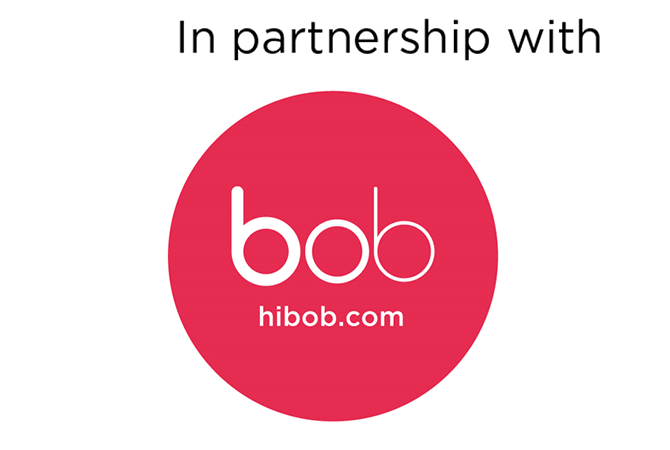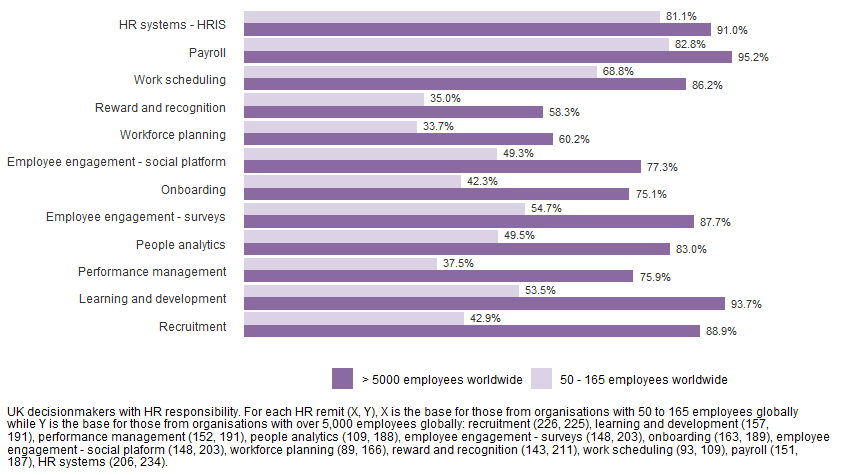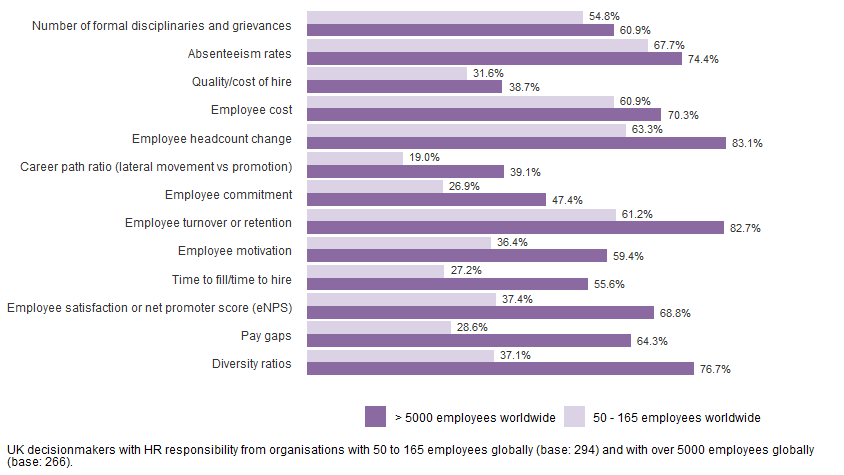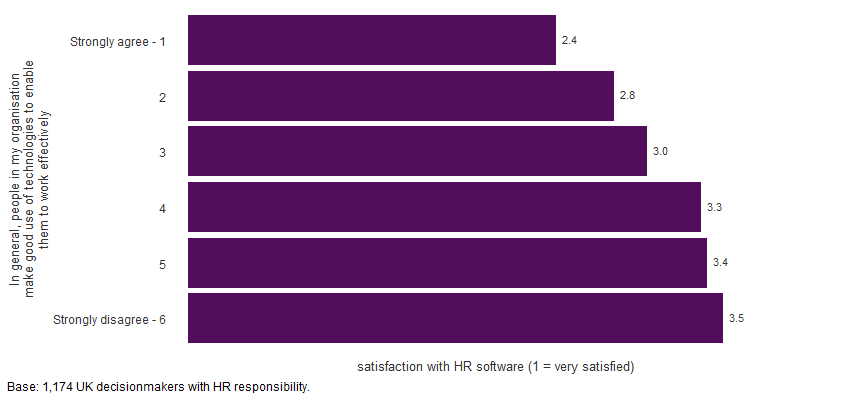 |
The CIPD Profession Map defines the knowledge areas that HR professionals need to drive change, create value and make a positive impact in the world of work. One core knowledge area is ‘technology and people’. A Chartered Member of the CIPD, for example, would be expected to know how to assess the impact of current and future technologies on the workforce and people practices. They would need to be aware of the technologies that can help the people function and organisations be more agile, things such as robotic process automation, extended reality and intelligent chatbots. |
Over the course of this Technology, the workplace and people management series, we revealed insights from the CIPD's survey of HR and other bosses on the theme of ‘technology and people’, covering a broad range of topics.
- Monitoring measures to manage remote workers. Monitoring software can reduce barriers to collaborating with remote workers, but we must be mindful that what’s acceptable in one setting might not be in another. Our research showed that management level, percentage of hybrid workers, and whether similar monitoring practices already exist in the organisation, influenced opinions of what acceptable practices were. So when introducing a new monitoring measure, check with managers and workers to ensure it is relevant and necessary for the intended purposes.
- Responsible use of AI in people management. Our research found that the greater the negative impact on people’s job prospects and risk to organisational reputation, the more uncomfortable managers were with letting AI do a task. When shortlisting candidates, exercise caution if you plan to anonymise applications to mitigate bias. While this method can reduce bias when people are doing the assessment, it can distort an AI model and make it less accurate or fair.
- HR involvement in intelligent automation. Intelligent automation in organisations need not always be driven by IT or departments that invested in them. There are opportunities for HR to be involved, for example, in linking automation plans with workforce planning and reviews of the organisation’s structure and culture. While large digital transformations tend to be led by other departments, there are inspiring examples of HR professionals who’ve expanded their roles and added value in the process.
- Use of HR software and people data, and technology investment plans. Most organisations employing 50 or more people worldwide use an HR information system (HRIS) and payroll software. Those with people analytics software were more likely to report a wider range of workforce metrics to management. Investing in an HRIS was a top priority among those who had plans to buy HR software, with an all-in-one solution being a key consideration.
Before exploring how HR professionals can leverage these insights, let’s take a closer look at HR software and people data to see how their use varies by organisation size. And then examine further the link between software satisfaction and how effectively people use technology at work.
HR software and workforce metrics common to different sized organisations
While large organisations generally report more workforce metrics and use software to undertake a wider range of HR activities than smaller organisations, those differences are sometimes small. Compare the light and dark purple bars in Figures 1 and 2.
The respondents’ data was separated by size between medium-sized organisations (50–165 employees worldwide) and very large organisations (over 5,000 employees worldwide). For brevity we’ve not shown responses from organisations in between these two sizes but can confirm that generally, those from larger organisations had a wider range of workforce metrics and HR software. Those that didn’t respond ‘yes’ said ‘no’ or ‘don’t know’.
Focusing on Figure 1, respondents said HRIS and payroll software – but not recruitment software – were widely used in organisations with 50 or more employees, where these were within the HR remit. Although HR is best known for overseeing recruitment activities, those from very large organisations were twice as likely to say their organisations use recruitment software than those from medium-size organisations. Looking at the open text responses, respondents typically mentioned whether their organisations had an applicant tracking system (ATS) rather than other recruitment technologies which might be free to access like social networking platforms.
Figure 1: Availability of HR software or platform where activity is within HR remit (by respondents’ organisation size)

Looking at Figure 2, we can see it’s relatively common to report absenteeism rates compared with quality or cost of hire, regardless of respondents’ organisation size. Differences were only 6.7 and 7.1 percentage points respectively between respondents from medium-sized and very large organisations that reported these metrics.
But when it came to reporting pay gaps, respondents from very large organisations were more than twice as likely to report pay gaps than medium-sized organisations, reflecting statutory reporting duties of large organisations in England, Scotland and Wales.
With widespread use of HRIS, this is an opportunity for HRIS vendors to help medium-sized organisations close the workforce reporting gap. Having more of these metrics (Figure 2) readily available through an HR dashboard would reduce the effort needed and increase the likelihood of management using these metrics. Of course, there may be valid reasons that management may not look at these regularly, for instance, because the figures rarely change.
Figure 2: Workforce metrics reported to management (by respondents’ organisation size)

Link between HR software satisfaction and effective technology use
Comparing perceptions at the extreme ends (strongly agree vs strongly disagree) in Figure 3, we can see satisfaction with HR software can swing from satisfied (2.4) to fairly satisfied (3.5). In contrast, satisfaction with HR software didn’t vary as much when we instead consider respondents’ perceptions of how well they themselves or their team use technology at work.
A key takeaway is that to get the best out of HR software (or any software at work), make sure there is a great digital experience for most employees who’ll interact with the software. It needs to be intuitive for employees who won’t use the self-service features regularly. This may mean sacrificing some opportunities to make back-end activities easier.
Figure 3: Average (mean) satisfaction with HR software grouped by respondents’ perception of whether people in their organisation make good use of technologies to enable them to work effectively

Becoming a tech savvy HR professional
Key to becoming a technologically astute HR professional is to use technology and people data in ways that improve people’s working lives. This could include:
- Setting up automated workflows that trigger reminders for onboarding, promotions or offboarding tasks to get done by the right people at the right time.
- Examining existing data sources to understand employee sentiment on a particular issue before deciding whether to run another employee pulse survey. For example, using analytics from your HRIS and other HR software, posts on your organisation’s social media platform or on external ones like Glassdoor, or even what you glean from conversations with employees.
- Taking an interest in the technologies that colleagues use and understanding how their roles are evolving as a result. The same technology can impact different people differently. Go over the questions in Stage 2 of the CIPD Responsible investment in technology guide to prompt you and others to think about ways to support your people to be future ready.
The more employees your organisation has, the more likely you’ll have a bigger budget for HR software and a wider network of technology experts to lean on (Figures 1 and 2). Make the most of it to help others if you have the good fortune to be in this position.
Even if you don’t have a big software budget or technology experts to lean on, you can still explore free tools to help you work more effectively. For example, ChatGPT is one that has gained huge popularity and attention and helped push generative AI into the mainstream. Within HR, people have used it to draft interview questions, create job description templates, develop company policies and more.
Understanding technology and people will become more and more important for HR professionals as we look ahead. We hope the articles in this series have provided you the insight and inspiration to explore further how the ideas discussed can support and improve your HR practice.
See our partner Hibob's articles on HR and technology:
Topics A-Z
Browse our A–Z catalogue of information, guidance and resources covering all aspects of people practice.
Bullying
and harassment
Discover our practice guidance and recommendations to tackle bullying and harassment in the workplace.
About the author

Hayfa Mohdzaini, Senior Research Adviser | Interim Head of Research
Hayfa joined us in 2020. Hayfa has degrees in computer science and human resources from University of York and University of Warwick respectively.
She started her career in the private sector working in IT and then HR and has been writing for the HR community since 2012. Previously she worked for another membership organisation (UCEA) where she expanded the range of pay and workforce benchmarking data available to the higher education HR community.
She is interested in how the people profession can contribute to good work through technology and has written several publications on our behalf, as well as judging our people management awards, speaking at conferences and exhibitions and providing commentary to the media on the subjects of people and technology.

Explore the CIPD’s point of view on automation, AI and technology, including recommendations for employers

An exploration of how generative AI tools like ChatGPT can be used effectively to support human resource management

Research investigates what factors influence employees’ responses to electronic performance monitoring

Peter Cheese, the CIPD's chief executive, looks at the challenges and opportunities faced by today’s business leaders and the strategic priorities needed to drive future success

We outline the key pieces of legislation set to come into force in the UK and explain their implications for employers and employees

We examine people’s desired hours and how this compares to the hours they actually work

Employers’ reactions to pension proposal highlight concerns over cost, while the CIPD calls for focus on raising pension awareness among staff, the need for higher contributions and better understanding of value for money

